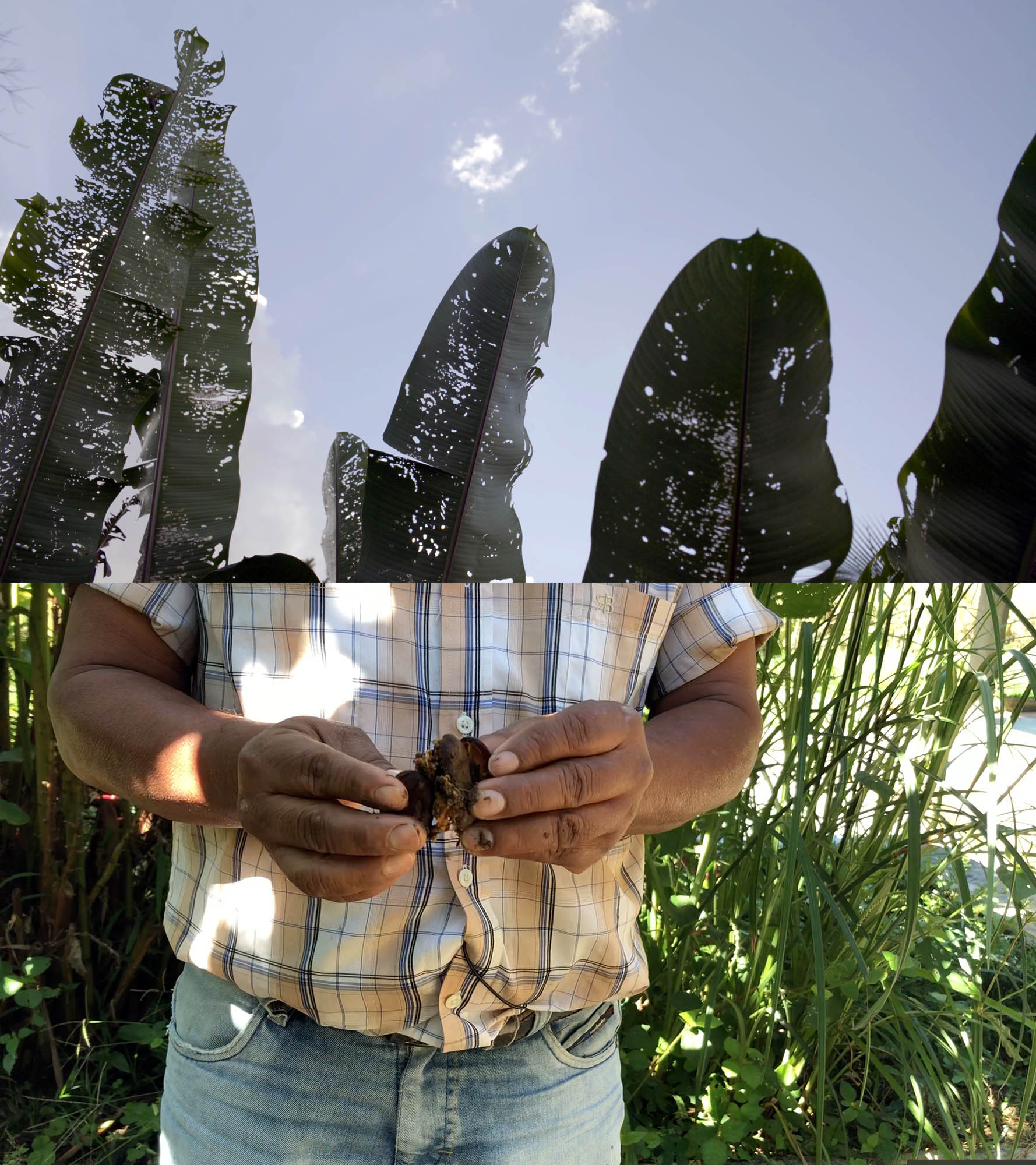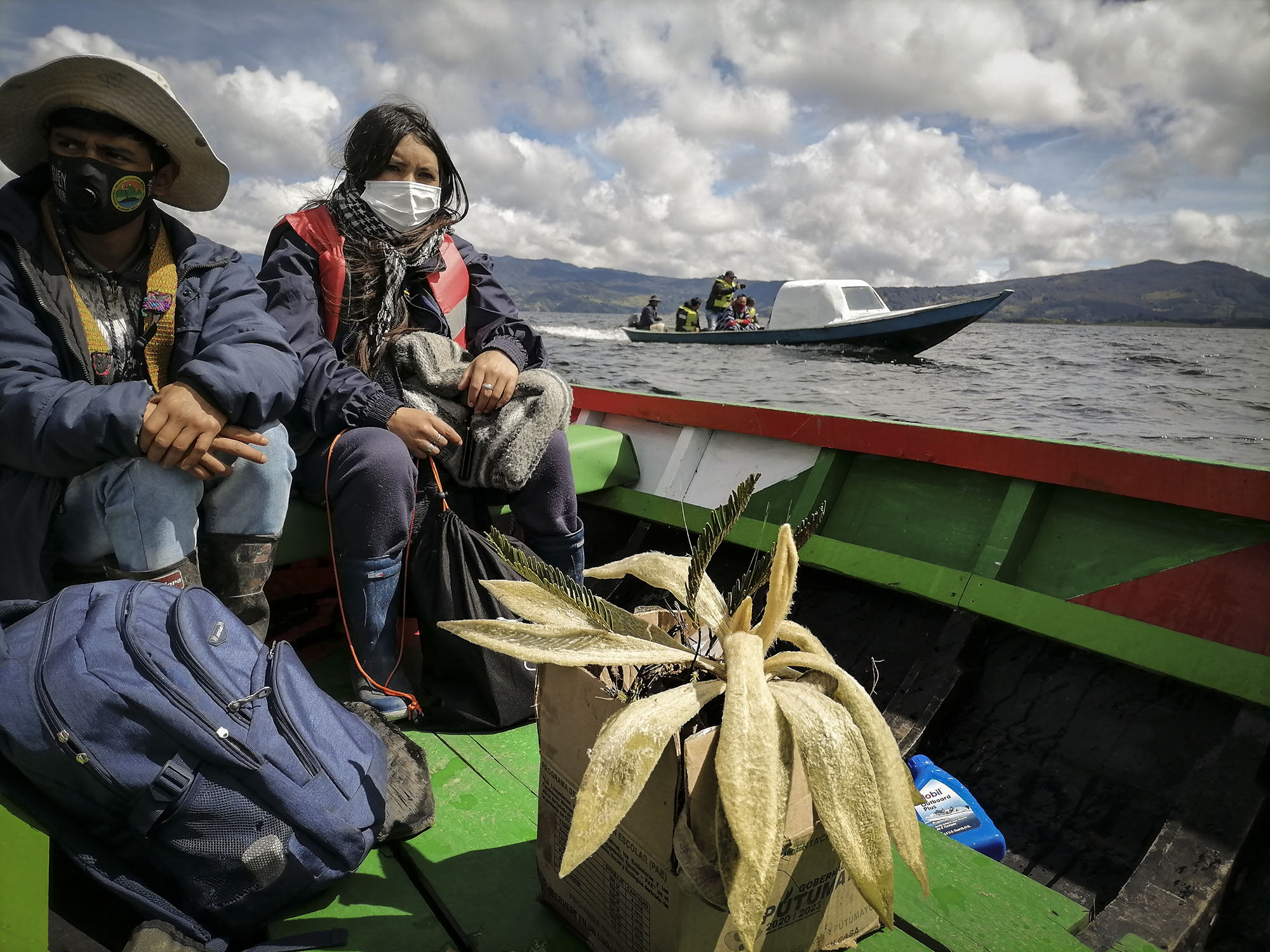Para-Residency
Felipe Castelblanco (via the Para-Site School)
Para-Residency addresses the need for redistribution networks across practices and hemispheres. My commission amounts to an investment in the Para-Site School, supporting two additional and unlikely SPK residencies in Southwest Colombia. But it also gathers video documentation from the region, made by Ñambi Rimai, an Indigenous Media Collective I helped initiate in 2019.
Each resident received an "art residency grant" which covered a month-long creative retreat within their own territories, allowing for research and other work. The grant was double the average monthly salary in Colombia (around 250 CHF / month), a sum that is still beyond most workers in rural areas. The Para-Residents of the SPK are "land-protectors", devoted to safeguarding fragile environments and indigenous land between the Andes and the Amazon. Through community organizing, embodied statecraft, and a quest for both epistemic justice and food justice, their work has helped defend territorial rights, and strengthen self-governance among indigenous and farming communities affected by violence, ecocide and the pressure of the extractive Colombian state.

Alongside the residencies, Ñambi Rimai was commissioned to produce short videos documenting the ongoing efforts of each land-protector, and help one of them report on a recent arson attack. Building on work I previously conducted with the community and the Media Collective, we documented these injured landscapes, following a tree-planting ceremony in the Paramo (an endangered wetland ecosystem in the high Andes). A Frailejon (Espelitia or Big Monk), a slow-growing tree that plays a key role in subterranean water deposits of Andean lakes and Amazonian rivers, was planted in the affected area, in the name of the SPK.
About the Residents:
HERALDO VALLEJO is an agroecologist, a farmer and independent researcher devoted to preserving and teaching long-forgotten farming techniques of the Amazon region. Through numerous workshops, he has trained fellow settler farmers in various forms of perma-culture and self-reliance based on indigenous agriculture. Currently, Vallejo is forming a network for the exchange of seeds and produce, which foment food-sovereignty and fight poverty in a region hit by violence and ecocide. His farm, Jungla Amazónica, has become an independent training centre, and a natural sanctuary where local farmers come to learn about native and edible plants, water treatment and more sensible agricultural practices.
PATRICIA JOJOA is a "lidereza" (a female leader) of the Quillacinga people, an indigenous nation that in the 1930s lost its land titles, ethnic rights and recognition by the Colombia state. For decades, this community struggled to revive their culture in the midst of fierce battles between FARC guerrillas and the Colombian army. Using legal loopholes, in the early 2000s' Patricia and her family turned their property into a collective territory, along with several neighbours. After a few years, they re-established the Quillacinga reserve of Santa Lucia, helped to form a peaceful indigenous guard and fought a legal battle to regain recognition as an ancestral community – and establish their own indigenous government. The Quillacinga people occupy, and care for, a strategic territory in the upper Andes, surrounded by lakes and Tundra-like ecosystems called Paramos, which generate water for major rivers that run across the Amazon. Today, both the Paramos and the Quillacinga people are under severe risk of disappearance due to the pressure of large-scale agriculture and mining companies seeking to enter the region via force, intimidation and induced fires that have consumed large portions of these ancestral territories in recent years.

The Para-Site School:
Established in 2011, the school infiltrates the university in a parasitical way and uses its resources, people and infrastructure to embrace & serve immigrants and artists-nomads excluded by official universities in the USA and Europe. This project explores education as artistic material and the university as a contested political arena.
Find out more here about the Para-Site School.
Please visit the homepage of the SPK to find out more about Felipe Castelblanco and his work.